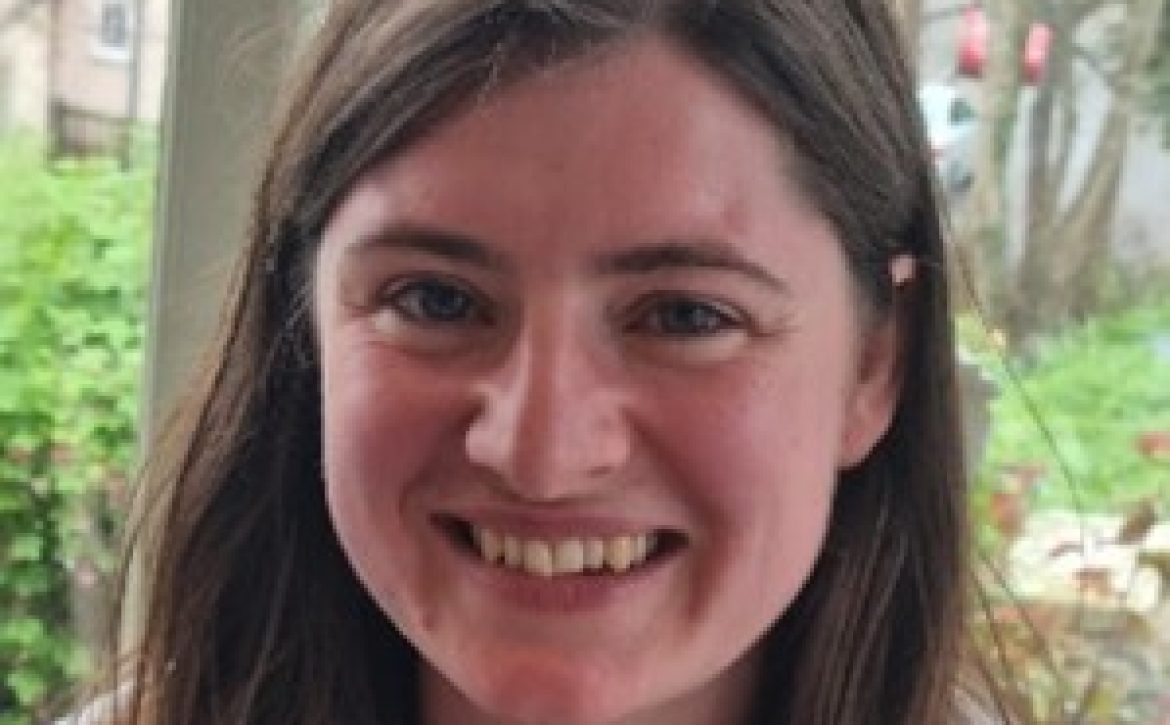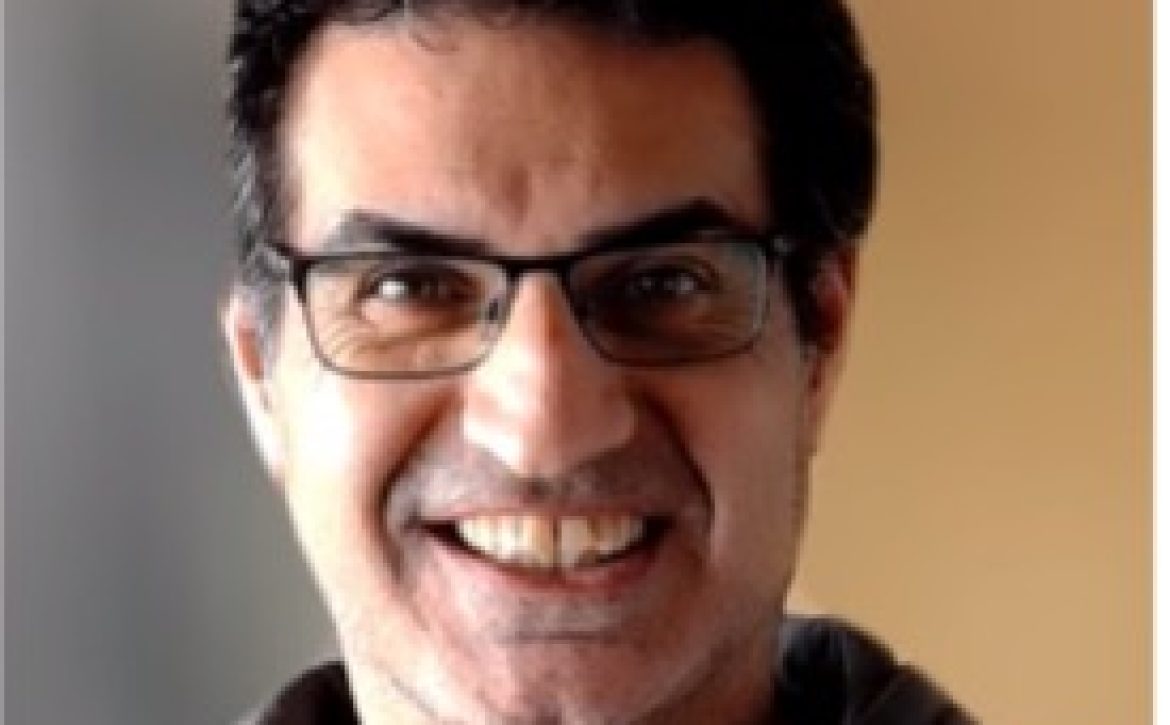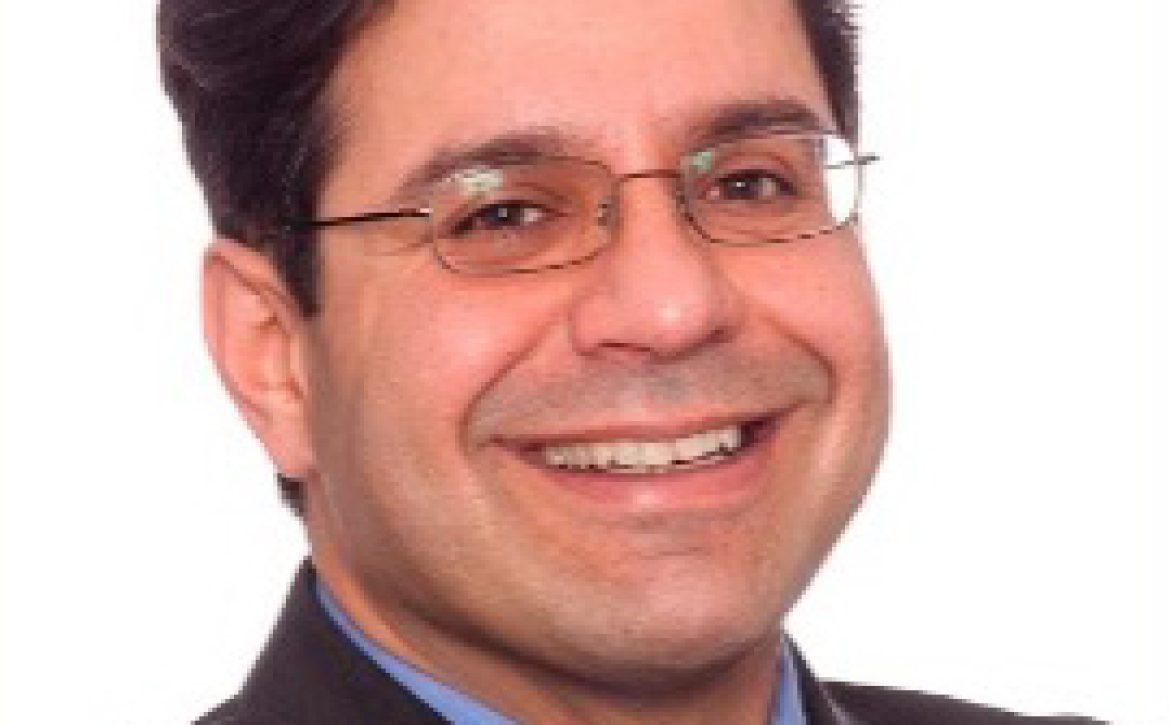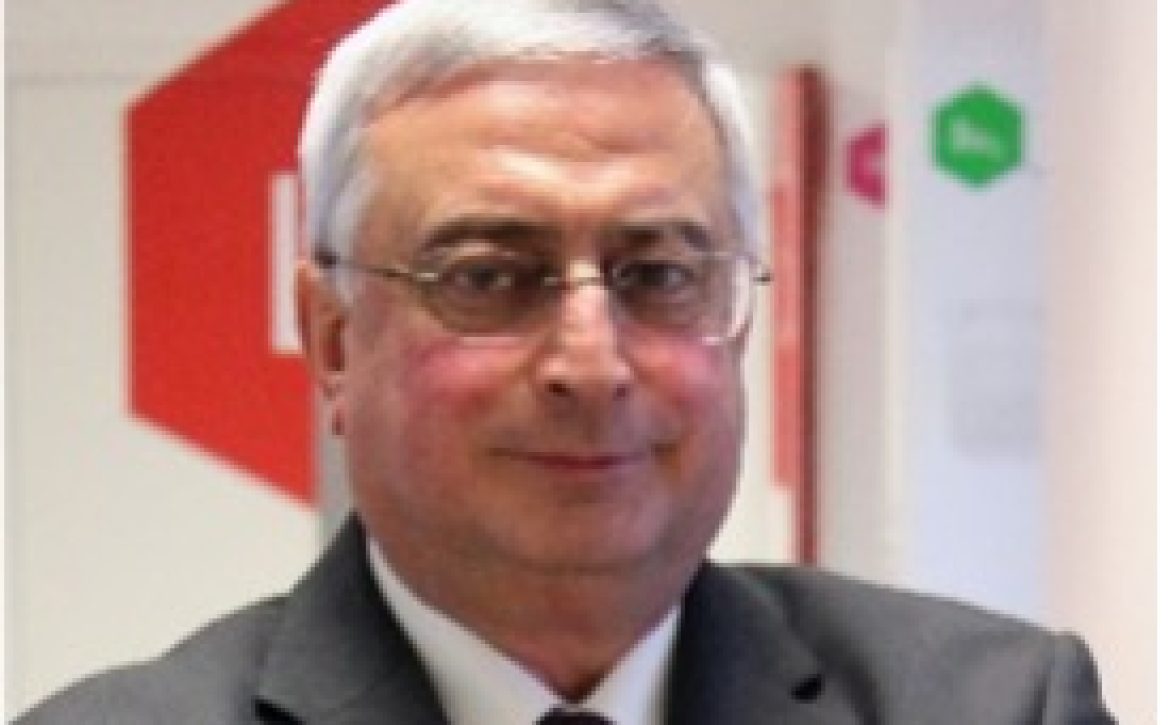| Georges Hadziioannou since 2022 is Emeritus Professor of Bordeaux University (Fr). In 1975 he obtained his bachelor’s degree in chemistry from the Aristotle University of Thessaloniki. He obtained his doctorate in Physical Sciences at the Louis Pasteur University of Strasbourg in 1980. Between 1980 and 1982, he was an associate researcher at the Polymer Science and Engineering Department of the University of Massachusetts. In 1982, he became a member of the research staff at the IBM Almaden San Jose California Research Laboratory, where he led the “Surface and Interface Dynamics” group from 1986 to 1989. Between 1985 and 1989, he was concurrently Industrial Research Fellow of the National Institute for Science and Technology (NIST), Washington DC, and consulting professor in the Department of Chemical Engineering, Stanford University, Palo Alto, California. In 1989, he became a professor at the University of Groningen (Netherlands), where he directed the Center for Materials Sciences (now Zernike Institute for Advanced Materials) from 1997 to 2000. In 2001, he joined the University Louis-Pasteur of Strasbourg where he was the director of the European School of Chemistry, Polymers and Materials (ECPM) between 2004 and 2009. From 2009 until 2022 Georges Hadziioannou was Professor at the University of Bordeaux at the Chair of “Advanced Functional Materials for Emerging Information, Communication and Energy Technologies”. He led the “Polymer Electronic Materials & Devices” group at the LCPO. Since February 2022 he is President of the Scientific Expertise Coordination Committee (CCES) of the Nouvelle Aquitaine Region.
He pioneered work on nanostructured polymer materials with innovations in flexible and printable organic electronic materials. He has published more than 450 articles (H =71, cited 17,006) and holds 45 patents. He has supervised 65 doctorates and welcomed more than 75 post-docs and visiting professors into his research group. He was co-founder of 2 startups: “Polymer Service Center”, for the scientific advice of small and medium-sized businesses, today POLYVATION, and “Papyron”, for the development of innovative technologies for electronic paper.
His scientific and technical work has been recognised by the following prizes and distinctions. In 2024 was elected member of the European Academy of Science (EurASc). In 2019 he became Doctor Honoris Causa, Aristotle University of Thessaloniki, Department of Physics. In 2016, he was elected an International Member of the United States National Academy of Engineering “For fundamental discoveries and ideas enabling the development of polymers with advanced functionality and performance.” He obtained a civil recognition in 2015 as “Chevalier dans l’Ordre des Palmes Académiques” and in 2021 as “Officier dans l’Ordre des Palmes Académiques”. In 2010 he was elected a member of the Academia Europaea. In 2007, he received the Süe Prize from the Société Française de Chimie. In 1998, he received the Humboldt Research Prize. In 1993 he was elected a Fellow of the American Physical Society (USA). |







